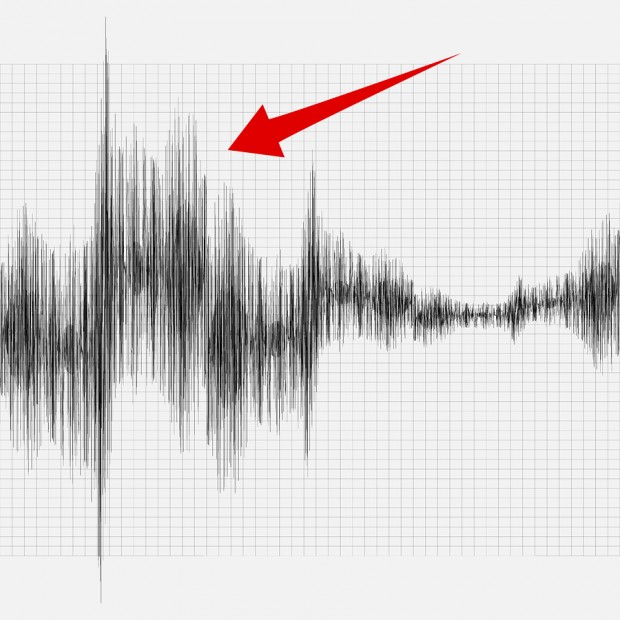Catastrophe risk modeler AIR Worldwide announced that it has updated its earthquake models for South America to include liquefaction and tsunami risks, as well as to enable the analysis of high-value industrial facilities, builder’s risk and public infrastructure.
The model domain has also been expanded to include Ecuador, along with existing models for Chile, Peru, Colombia and Venezuela, according to a statement.
AIR scientists have augmented historical earthquake data with more than 20 years of GPS data to reveal areas of strain accumulation and relaxation, the cat modeler said, making its new, time-dependent seismicity model a significant advance over other earthquake hazard models for the region.
The models feature extensive updates to the local intensity, vulnerability and loss calculation components, AIR noted, and updated ground motion prediction equations use new, high-resolution soil maps to capture shaking intensity.
“We’ve employed several innovative methodologies to achieve a comprehensive view of South America’s complex seismicity and the vulnerability of its building stock,” said Dr. Mehrdad Mahdyiar, P.E., vice president and senior director, earthquake hazard, AIR Worldwide. “By covering earthquake-triggered perils such as tsunami and liquefaction in addition to ground shaking, AIR’s new earthquake models give companies a distinct advantage in preparing for the next great earthquake in the region.”
AIR said the earthquake models for South America are currently available in the Touchstone 3.0 and CATRADER 17 catastrophe risk management systems.





















 Viewpoint: You’re at a Competitive Disadvantage If You’re Not Innovating
Viewpoint: You’re at a Competitive Disadvantage If You’re Not Innovating  Progressive Gains as Drivers Shop Around for Auto Insurance—Again
Progressive Gains as Drivers Shop Around for Auto Insurance—Again  Florida Gets 8 New P/C Carriers After Insurance Market Reforms
Florida Gets 8 New P/C Carriers After Insurance Market Reforms  Triple-I: Insurance Economic Drivers Outperform Overall U.S. GDP
Triple-I: Insurance Economic Drivers Outperform Overall U.S. GDP 









